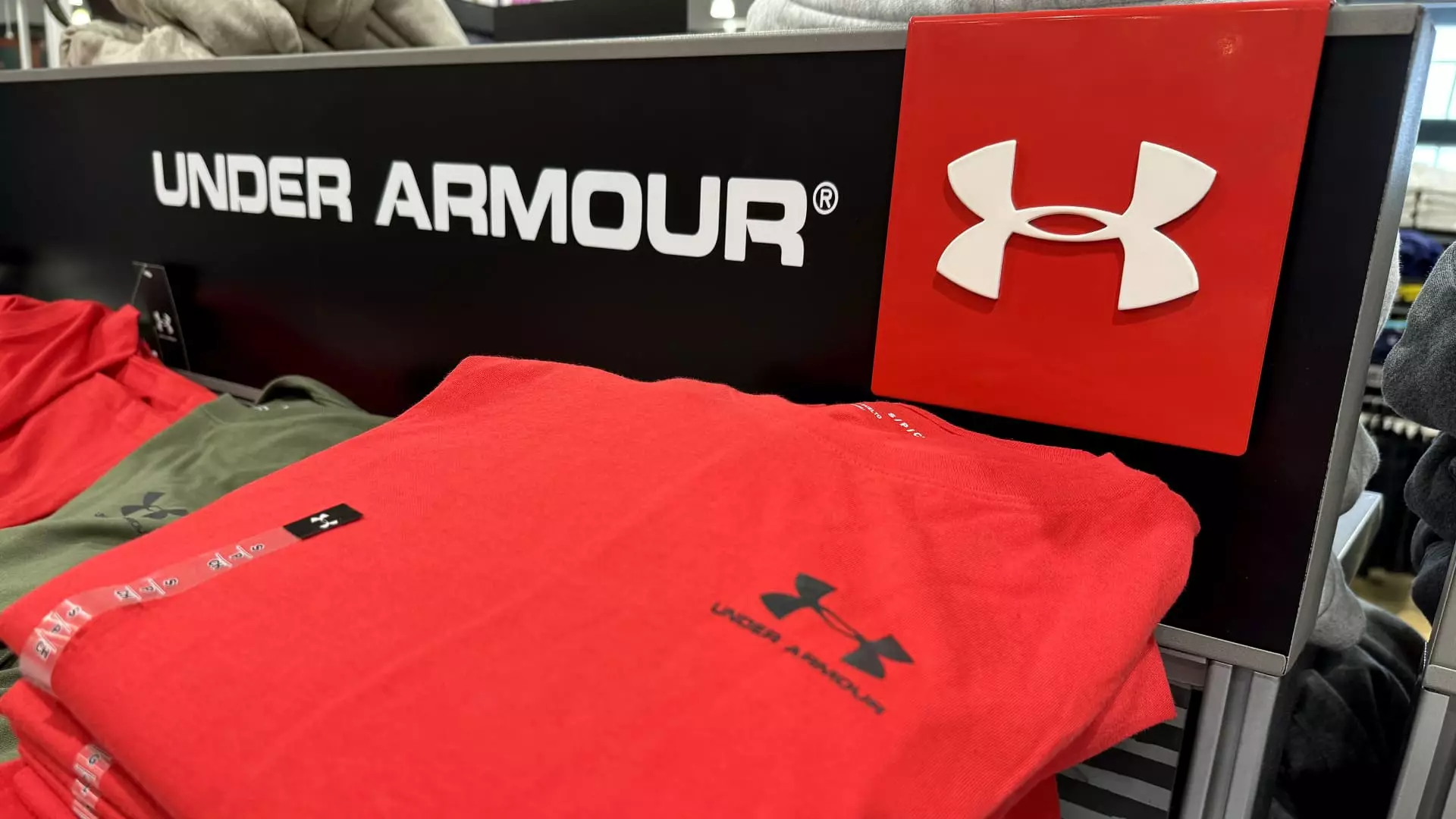Under Armour recently announced its fiscal first quarter results, revealing that its revenue had fallen across the board. However, the athletic apparel retailer managed to outperform Wall Street’s expectations, leading to a surge in its stock price. The company reported earnings per share of 1 cent adjusted, beating the estimated loss of 8 cents, and revenue of $1.18 billion versus the anticipated $1.15 billion.
The company disclosed a loss of $305.4 million in the first quarter, compared to a profit of $10 million from the previous year. After adjusting for one-time expenses, Under Armour reported a profit of $4 million. Sales dropped by 10% to $1.18 billion. Notably, Under Armour recently settled a securities lawsuit dating back to 2017 for $434 million, denying any wrongdoing but choosing to end the case due to legal costs and risks.
Under Armour forecasted a loss for fiscal year 2025, expecting losses per share between 53 and 56 cents. This projection marked a significant shift from the previously anticipated earnings. The company is undergoing a restructuring phase to improve its performance, which involves lay-offs, reduced promotions, and a focus on premium branding akin to Nike.
In North America, Under Armour’s largest market, sales dipped by 14% but exceeded analysts’ estimates. Wholesale and direct-to-consumer revenues also saw declines during the quarter, with online sales plummeting by 25%. Apparel, footwear, and accessories revenue all fell as a result. Despite sales reductions, the company’s gross margin increased to 47.5%.
Under Armour recently acquired sustainable fashion brand Unless Collective and appointed former Adidas-exec Eric Liedtke as the EVP of brand strategy. The brand focuses on plant-based, zero-plastic regenerative fashion. This move aligns with Under Armour’s goal to position itself as a premium retailer in the competitive athletic apparel industry.
While the first quarter results were better than expected, analysts caution that it may take time for Under Armour to achieve sustainable growth. The company’s shift towards a premium positioning will require patience and time to yield results, especially with new products expected to impact growth in the latter half of fiscal year 2026. Risks include maintaining a strong brand image, navigating industry competition, and management turnover.
Under Armour’s performance in the first quarter showed promise amidst ongoing challenges. The company’s strategic restructuring and focus on premium branding reflect its commitment to long-term growth and success in the athletic apparel market. By leveraging sustainability initiatives and fresh talent, Under Armour aims to secure its position as a leading player in the industry.

